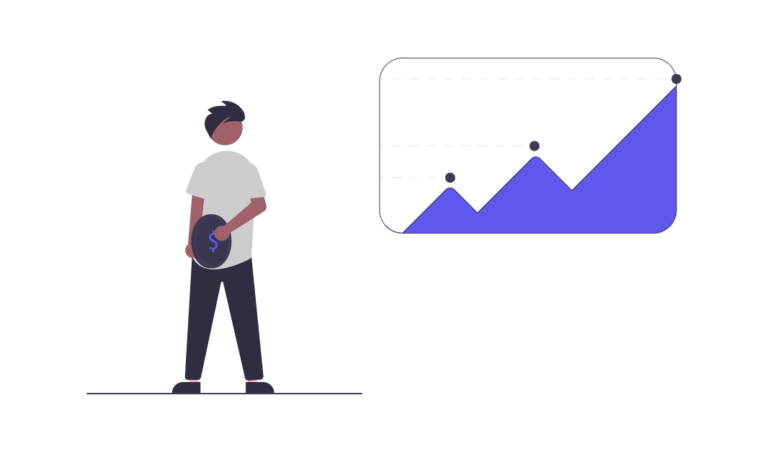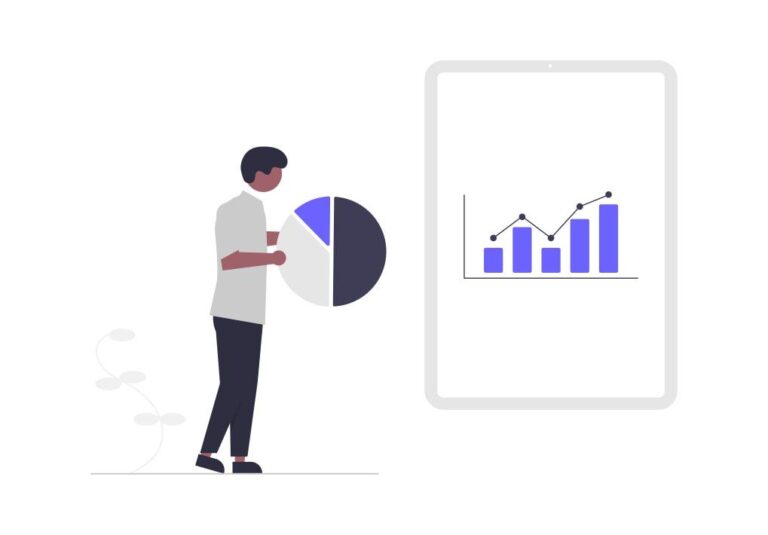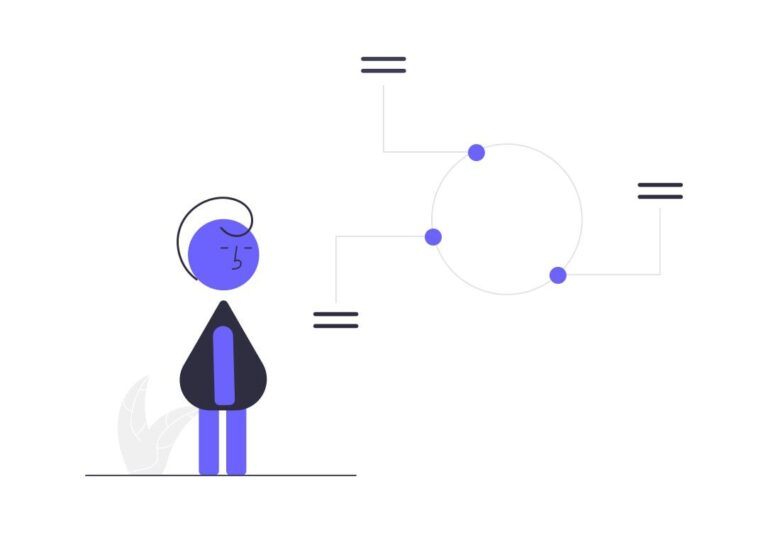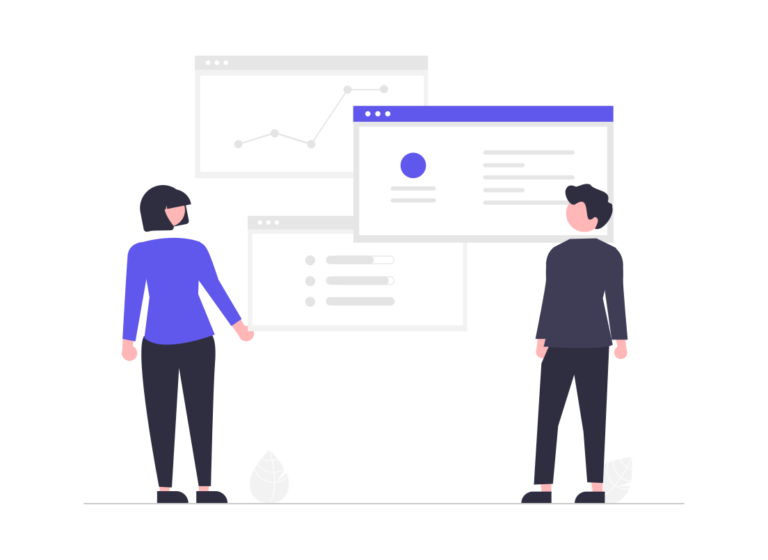Sustainable Development Goals (SDGs) are 17 goals developed for action to end poverty, protect the planet and improve the lives and prospects of all people throughout the world. They were approved by all the United Nations countries in 2015, with an action plan to implement the goals within 15 years.
17 SDGs (shown below) cover the most critical topics:

The first step should be to familiarize yourself with SDGs. A trap that companies fall into is selecting from 17 SDGs without looking into targets that define them. So before selecting the SDGs, make sure you read the targets defined under them.
When selecting the SDGs, a company should ask itself: How can we, with our resources and core competencies, contribute to these SDGs? Will our current and future positive impact be significant? Can we minimize our current negative impact to contribute to this SDG?
SDGs are interconnected to one another and the goals can have diverging results or create strong synergies to achieve faster results. The progress of certain targets would benefit other goals at the same time, creating a synergy of the SDGs. When deciding which operations to perform to be able to achieve your organization’s targets, considering these synergies and trade offs can help you utilize your resources more efficiently.
After selecting SDGs that are most meaningful, you should align company goals and KPIs with SDGs, as this is an important step to integrate sustainability to business strategy and show leadership commitment.
It is also important to be transparent about these goals, and report performance regularly, as shared objectives will move the train faster.







